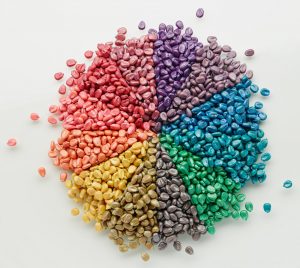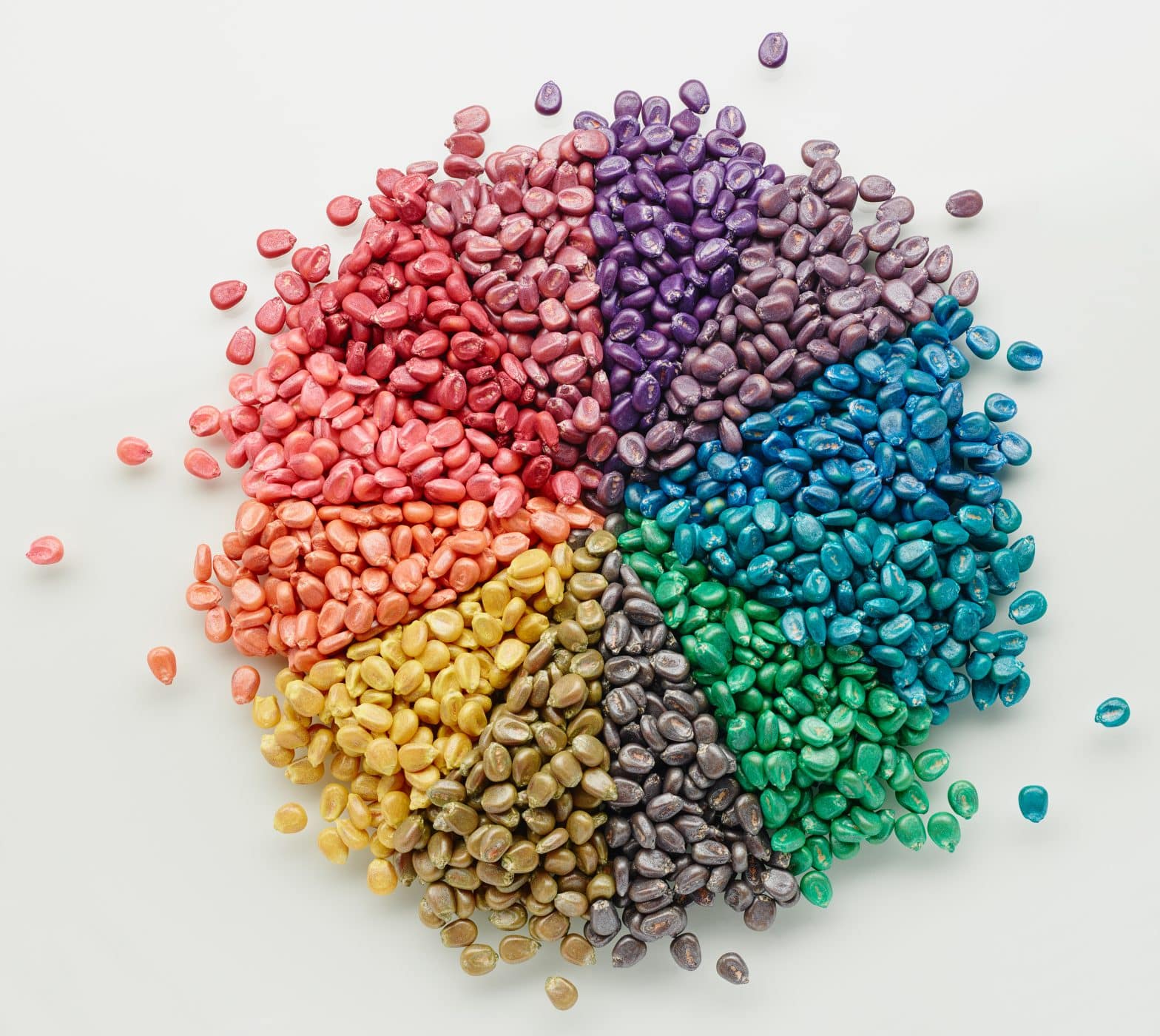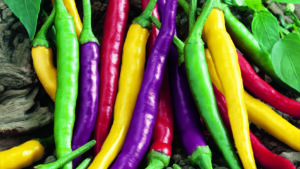Clariant, a multinational specialty chemical company, is changing the color of agriculture in North America…literally.
Headquartered in Switzerland, Clariant, boasts over 140 affiliates and numerous manufacturing plants around the globe. The colorant leader is changing the agricultural playing field for not only identification within the seed industry, but also creating unparalleled branding opportunities for seed companies.
“When Clariant started looking into the U.S. agriculture sector about 15 years ago, what they found was a lack of a global portfolio for seed colorants,” says Mark Self, Market Segment Manager for Special Applications, Business Unit Pigments North America at Clariant.

Although colorants were available to seed manufacturers, many of those colors were originally developed for other purposes and were being integrated into seed production as identification out of necessity and lack of alternative products.
Widely used throughout the world, Pigment Red 112 wasn’t recognized in the U.S., meaning that if a product was formulated in Europe using Pigment Red 112, it couldn’t be transferred globally because of the lack of recognition and approval.
Clariant petitioned the EPA for clearances for both Pigment Red 112 and Pigment Yellow 1, which were both granted by 2016.
“Because of our work, Pigment Red 112 is now EPA approved, and that approval allows companies to formulate a product using one formula for sales and movement of their products globally,” says Self.
The color formulation also has greater stability and color strength than its predecessor, Pigment Red 48:2.
Self says that the approval of both colors has opened the door for agriculture companies to pursue a new and different way of setting themselves apart within the marketplace: color branding.
“There has never been an EPA approved yellow pigment for seed coloration and agro-products. By adding this yellow (Pigment Yellow 1) to the approved scale of EPA approved colors, customers truly can make any shade of any color they want.”
With liquid, powder and granular products, Clariant has colorant formulations to suit the gamut of agricultural seeds, from corn and soybeans to specialty crops. To better serve the North American market, Clariant is working through a distribution partner to enhance the portfolio with special packaging or blends of Clariant colors. The partnership allows the full offering of the entire range to all customers.
The company also manufactures and distributes product at plants and distribution centers strategically positioned throughout the world, ensuring their customers have access to a specific product at all times.
“Clariant is very precise in terms of the manufacturing and construction of our plants,” says Self. “If you were blindfolded and dropped inside one of our plants, you wouldn’t be able to tell which part of the world you were in. Every manufacturing plant is built to the same demanding specifications.”
“This precision allows each plant to consistently formulate and produce the portfolio of product offerings without variation,” says Self.
“If you bought a pound of Pigment Red 112 made in our Mexico plant, a pound made in Germany and a pound made in China, they would all analyze exactly the same. We use the same raw materials, specifications and manufacturing principles at every plant,” he says. “If there is ever a disruption in production at a plant, we can continue to supply our customers the exact same product without interrupting distribution.”
Today, the agriculture colorant portfolio has already grown to an established pillar of Clariant’s colorant offering, but Self says he believes the increasing interest and adaption into customers’ formulations will continue to increase its importance even further.
“The seed market continues to be increasingly value-added – whether through treatments or genetic modification. The value of seeds is growing and the color of seeds, which was once something that was an afterthought, is becoming a valuable tool companies can use in their attempt to differentiate.”











